We know that “global warming” refers to the overall warming trend of the Earth in the last century and doesn’t mean things are only getting hotter down here on the surface. The effects of this warming are large-scale changes in climate and weather systems, both on land and in the sea—but it’s true that, on average, the surface is warming up.
That’s created record-high temperatures year after year in the summers, which can exacerbate fire, drought, and other negative weather patterns. As the Northern Hemisphere heads toward winter, dry winds, like the Santa Anas in California, can exacerbate fire. Meanwhile, as the Southern Hemisphere enters summer, volatile wind and thunderstorms can strike, causing damage and more fire.
Our cities, policies, and most important machines are built around centuries of steady, mostly predictable climate, and the infrastructure needed to deal with the inevitable changes is hard to marshal on such a short timeframe. And, like with many other social problems, this means marginalized and poor groups will face the worst of what’s to come.

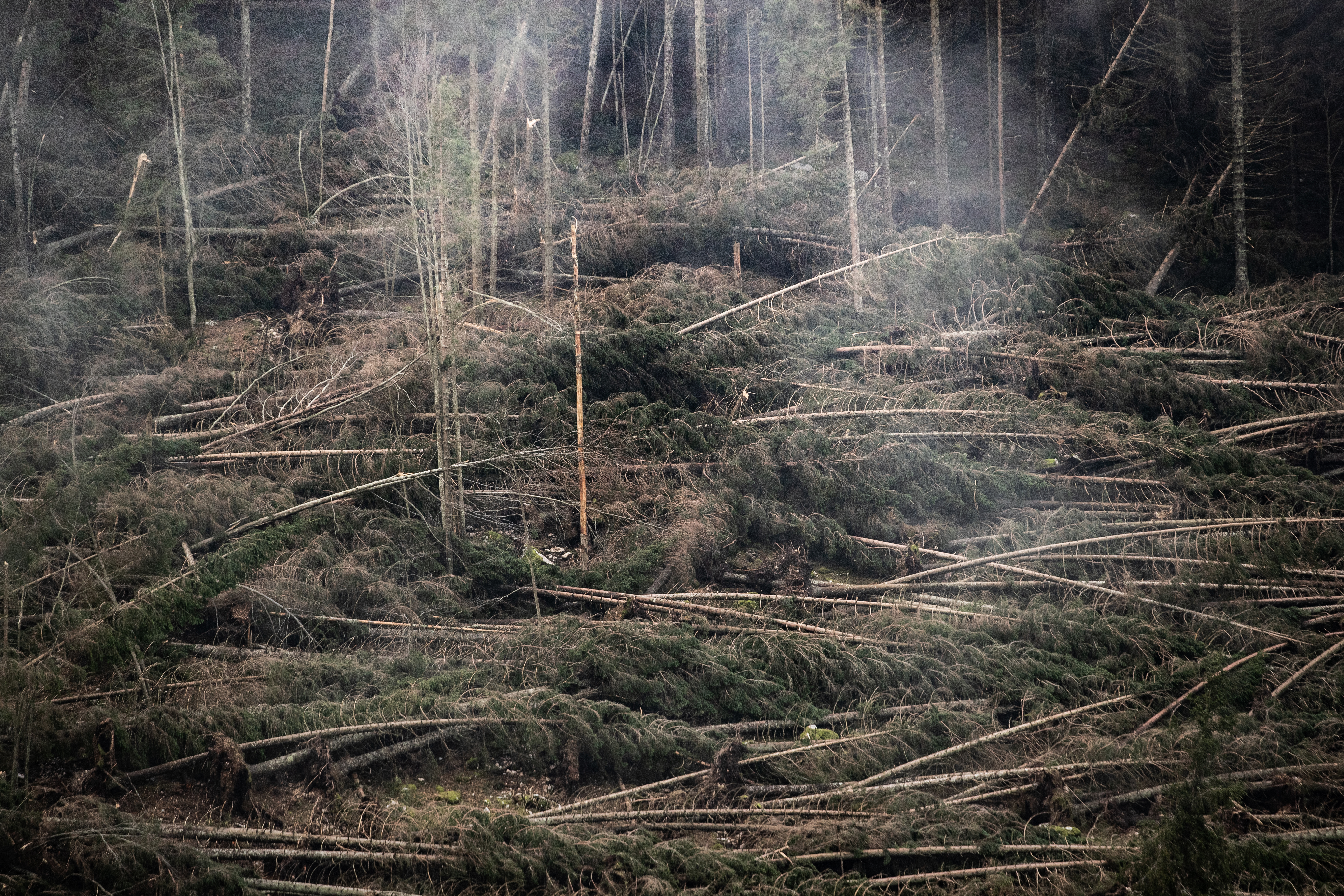
(Photo: Vittorio Zunino Celotto/Getty Images)
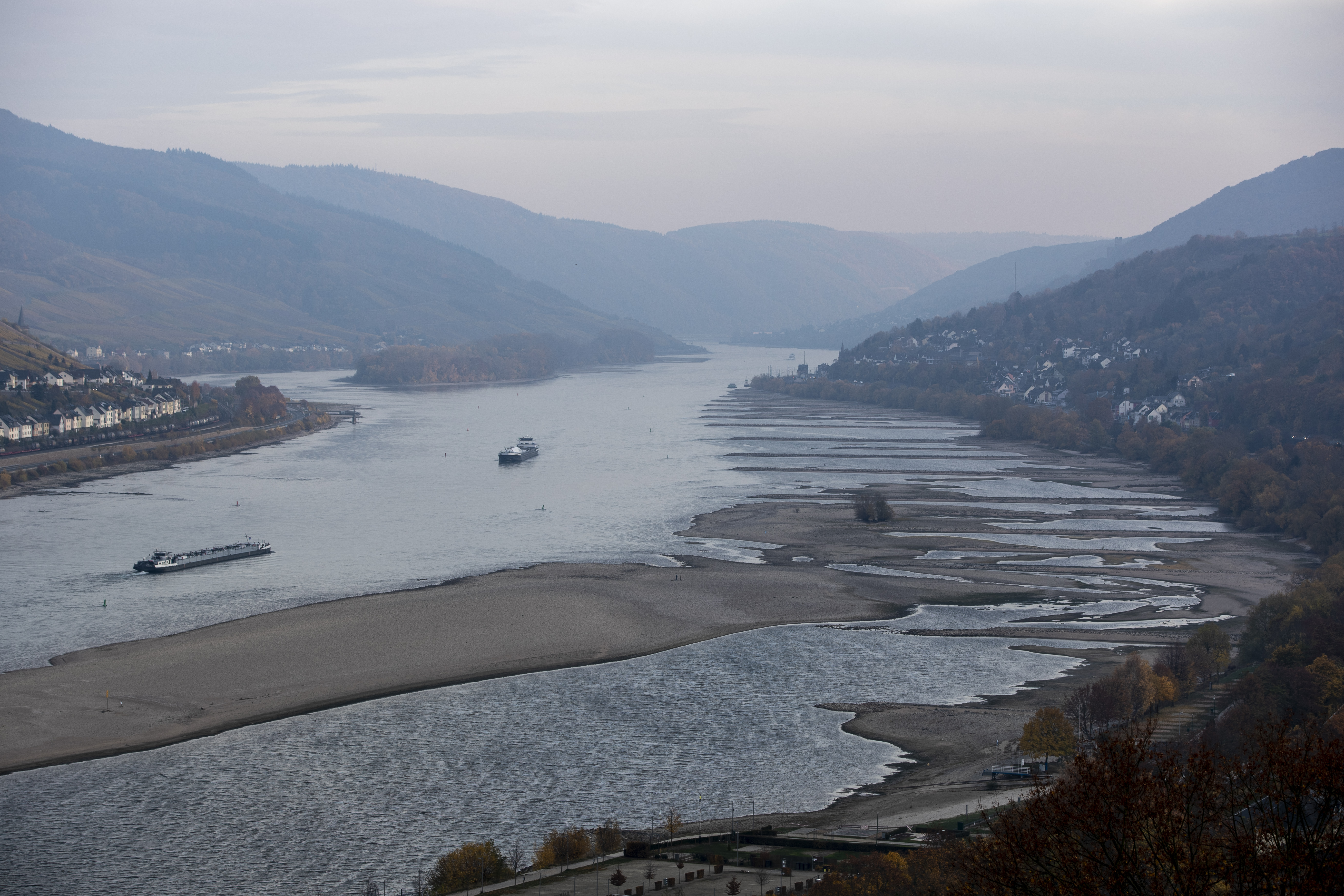
(Photo: Maja Hitij/Getty Images)
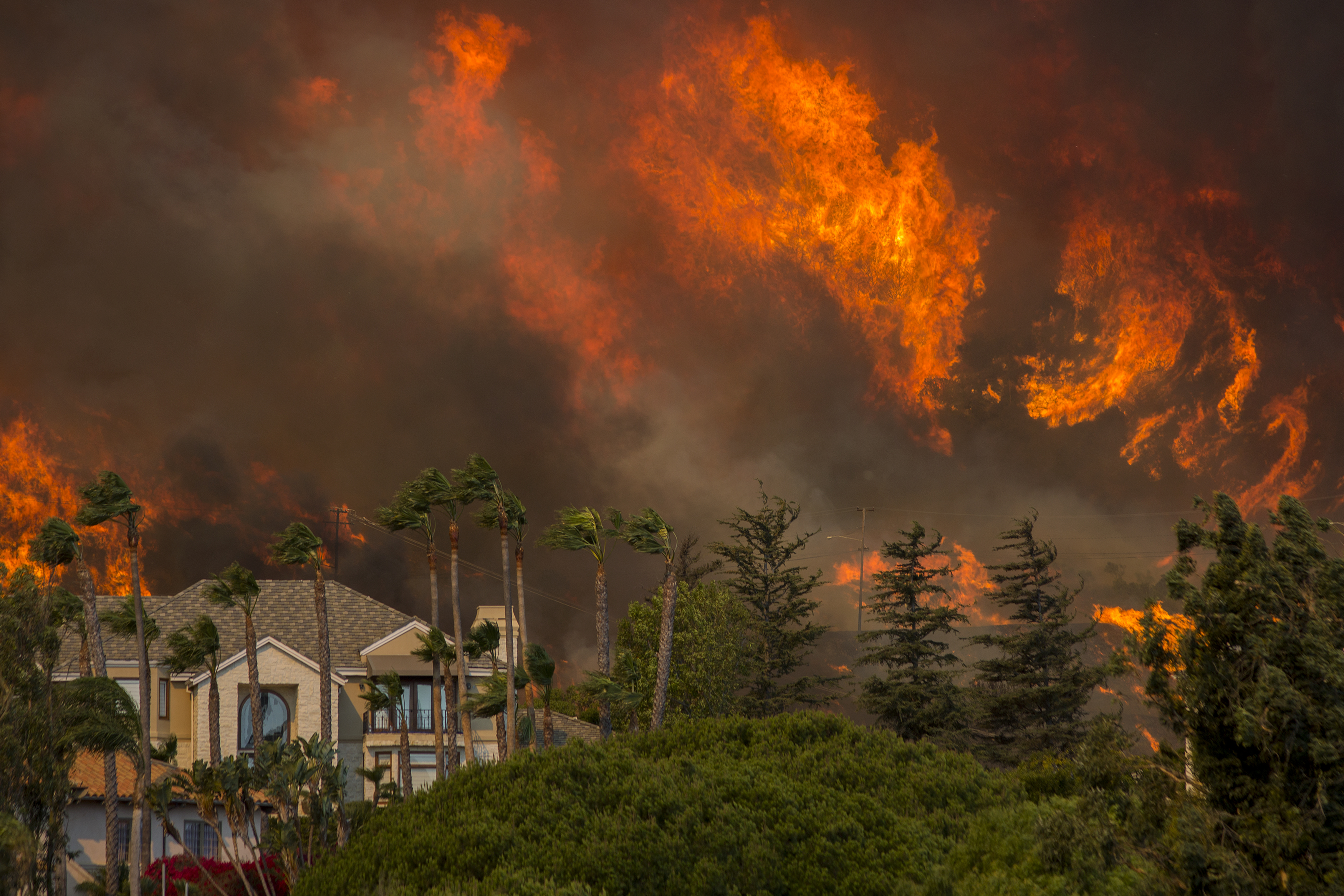
(Photo: David McNew/Getty Images)
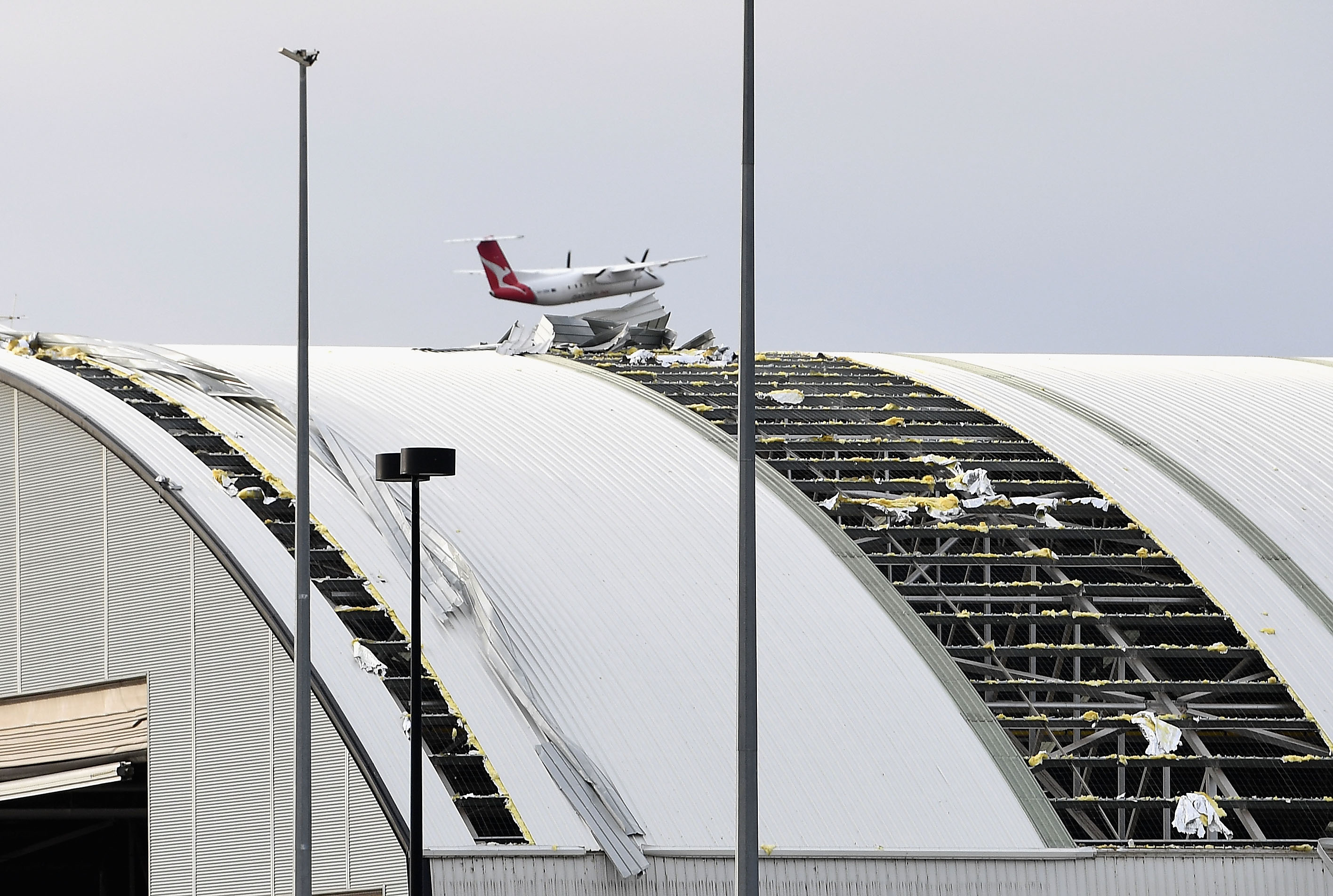
(Photo: Tracey Nearmy/Getty Images)
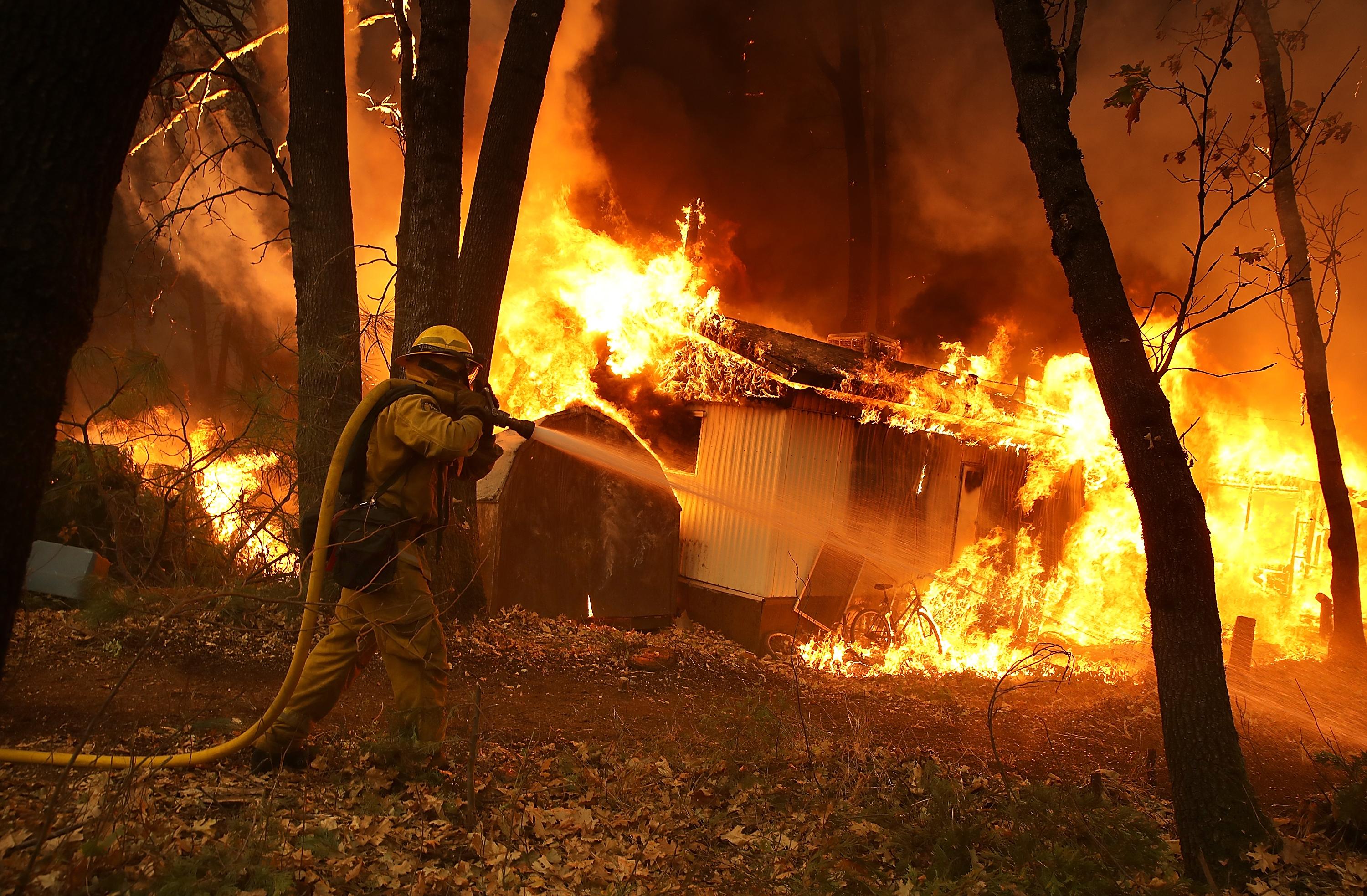
(Photo: Justin Sullivan/Getty Images)
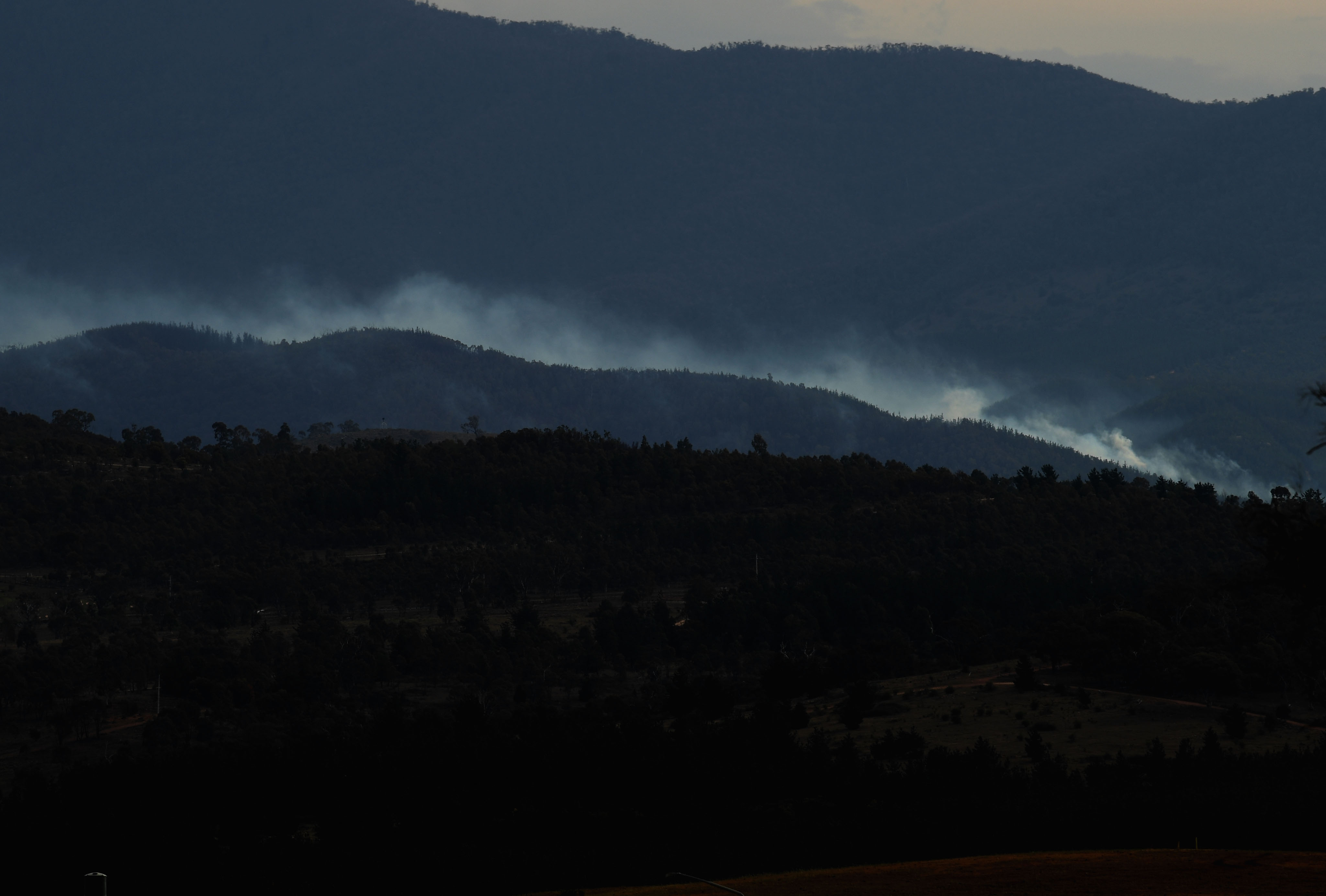
(Photo: Tracey Nearmy/Getty Images)
More From Pacific Standard on Climate Change
- Climate Change Continues to Intensify Fires in California
- Oregon’s Extreme Drought Looks Set to Continue
- After Florence, North Carolina Must Rebuild Vulnerable Beaches Once Again
- Extreme Weather Won’t Convince Climate Skeptics
- How the Trump Administration Is Accelerating Climate Change
- With Hurricane Michael, Southern Farmers Face a ‘New Normal’
- Hurricane Michael Reminded America Why Climate Change Is a National Security Risk





